Description
Overview of EMT ER Corrosion Probe
EMT Pigging introduces the Resistance Probe, a high-performance tool designed for corrosion monitoring. This probe uses advanced materials like Stainless Steel 316 and L DUPLEX SS, ensuring durability and resistance in harsh environments. The probe operates efficiently within a temperature range of -20℃ to 200℃ and can handle pressures up to 26 MPa.
Key Features
High accuracy and low-cost monitoring.
Certified under ISO 9001 for quality assurance.
The probe features a sealing material choice of Teflon, Fluororubber, or Viton O-ring.
Available access fittings include a 2” welded or ANSI Flange configuration.
The protective cover is PTFE coated for extra durability.
Technical Specifications
| Product Specifications | |
| Brand Name: | EMT Pigging |
| Product Name: | Resistance Probe |
| Material: | Stainless Steel 316, L DUPLEX SS |
| Size: | 3″ x 3/4″ x 1/16″ |
| Design Temperature: | -20℃ to 200℃ |
| Design Pressure: | 0 to 26 MPa |
| Keyword: | High Pressure Hydrogen Probe |
| Feature: | High Accuracy and Low Cost |
| Certification: | ISO 9001 |
| Additional Technical Details | |
| Metal Material: | Stainless Steel 316, L DUPLEX SS |
| Sealing Material: | Teflon/Fluororubber/Viton O-ring |
| Access Fitting Body: | 2”welded; 2”ANSI Flange (suffix “pressure rating & pipe size & sealing type can meet customer needs) |
| Protective Cover: | PTFE Coated |
| Flange Size: | ANSI 2″RF (or RJ) |
| Body Material: | CS,304SS,316SS,316LSS,DUPLEX SS |
| Nozzle Material: | 304SS,316SS,316LSS,DUPLEX SS |
Applications of EMT ER Corrosion Probe
The EMT ER Corrosion Probe serves multiple critical applications across various industries, enhancing safety and operational efficiency. In oil and gas pipelines, it monitors corrosion to preempt leaks and failures, ensuring continuous and safe operations. Within chemical manufacturing sectors, the probe tracks corrosive reactions in pipelines, safeguarding the integrity of transport systems. Power plants rely on the device to maintain their cooling systems free from corrosive damage, prolonging equipment lifespan and reducing maintenance costs.
Water treatment facilities use the probe to assess corrosion levels in their water transport systems, crucial for maintaining public and environmental health. Lastly, in maritime operations, the tool is vital for monitoring corrosion in ships and offshore platforms, where saltwater accelerates material degradation. Each of these applications highlights the probe’s versatility and essential role in maintaining infrastructure integrity in demanding environments.
Technical specifications | |
| Output signal | Wired form: RS-485 signal; |
| Wireless form: LORA, 4G/5G wireless network signal | |
| Power supply voltage | 9-36VDC |
| Rated operating voltage | 9VDC |
| Meter power consumption | 5.4W (Wired) |
| Linear | 0.0015% non-linear |
| Resolution | 17 bit |
| B | 25.6 mV |
| Accuracy | ±0.2% F.S (full scale) |
| Corrosion rate range | When the electrode area is 1cm², the measurement range is 4X10-4~10mm/a |
| Working and storage conditions | |
| Operating temperature | -40~70℃ |
| Storage temperature | -40~85℃ |
| Structural parameter | |
| Protection level | IP66 |
| Shell material | Cast aluminum or PVC, aviation aluminum, stainless steel can be customized |
| Process interface | 7/8-20UNEF (Insert probe) |
| Electrical connection | M20*1.5mm |
| Access cable Model | RVVP 2*1.5mm² (minimum application standard) |
| Installation | The probe is installed directly on the pipeline, and the transmitter can be installed in one piece or separately through the cable |
| Weight | 500g |
| Split type accessory | Interface: MS-14-6S double female head |
| Split connection cable | Cable length: 1-3 meters can be customized |
Selection Model Form
The following is the EMT Corrosion Probe selection model. If you have any problems you can contact us at info@emtpigging.com.
| Model | |||||||||||||||
| ECP | Electrical Resistance Probes | ||||||||||||||
| -Code | Plug | ||||||||||||||
| Type | Material | Sealing material | |||||||||||||
| 0 | Not Required | 0 | Carbon steel | 0 | Not Required | ||||||||||
| 1 | Hollow plug | 1 | 316 stainless steel | 1 | Fluorine rubber sealing ring/PTFE main seal | ||||||||||
| 2 | 316L stainless steel | 2 | HNBR | ||||||||||||
| 3 | F51 duplex stainless steel | ||||||||||||||
| Pxxx | 4 | INCONEL nickel-based alloy | |||||||||||||
| -Code | Temperature and pressure gauge assembly | ||||||||||||||
| Txxx | Connection size | Body material | Temperature and pressure gauge material | ||||||||||||
| 0 | Not Required | 0 | 304 stainless steel | 0 | Not Required | ||||||||||
| 1 | 1/2″ | 1 | 316 stainless steel | 1 | 304 stainless steel | ||||||||||
| 2 | 3/4″ | 2 | 316L stainless steel | 2 | 316 stainless steel | ||||||||||
| 3 | F51 duplex stainless steel | ||||||||||||||
| -Code | Probe assembly | ||||||||||||||
| Dxx | Connection size | Body material | Pipeline specification (x ″) | ||||||||||||
| 0 | Not Required | 0 | Carbon steel | Probe length varies with pipeline specifications | |||||||||||
| ‐Lx″ | 1 | 1/4″ | 1 | 304 stainless steel | |||||||||||
| 2 | 1/2″ | 2 | 304L stainless steel | ||||||||||||
| 3 | 316 stainless steel | ||||||||||||||
| 4 | 316L stainless steel | ||||||||||||||
| 5 | F51 duplex stainless steel | ||||||||||||||
| Example: ECP-P121-T021-D02-L6 “ | |||||||||||||||
| ECP: resistance probe assembly; | |||||||||||||||
| P121: The hollow plug is made of 316L, with a fluoro rubber ring and PTFE main seal; | |||||||||||||||
| T201: The size of the temperature and pressure gauge assembly connector is 3/4″, and is made of 304 stainless steel. The temperature and pressure gauge is made of 304 stainless steel; | |||||||||||||||
| D02: The probe connection size is not required, and the probe body is made of 316L stainless steel; | |||||||||||||||
| L6″: The probe length is suitable for a 6″ pipeline. | |||||||||||||||
Conclusion
Corrosion probes, such as the EMT ER Corrosion Probe, play a crucial role in industrial maintenance by actively monitoring metal degradation. These devices function by measuring the rate at which a metal corrodes over time. Engineers often install them directly into pipelines and tanks. This setup provides real-time data, which is essential for assessing the structural integrity of the infrastructure.
Furthermore, corrosion probes can detect early signs of degradation, prompting preventive measures before significant damage occurs. This early detection capability saves businesses substantial repair costs and downtime. Additionally, the data from these probes help in optimizing the use of corrosion inhibitors, ensuring that these chemicals are efficient and only when necessary.
Moreover, advances in technology have enhanced corrosion probes’ accuracy and durability. Modern probes can withstand extreme temperatures and pressures, making them suitable for harsh industrial environments. They also often feature digital outputs that integrate seamlessly with existing monitoring systems, allowing for easier data management and analysis.
Lastly, industries that deal with sensitive or hazardous materials benefit immensely from corrosion probes. They contribute to safety protocols by ensuring that all equipment remains within operational thresholds, thus preventing accidents and ensuring compliance with international safety standards.
Overall, corrosion probes serve as an indispensable tool in the maintenance strategy of any industry reliant on pipeline and structural integrity.

 Pipe Pigs For Pipeline Maintenance
Pipe Pigs For Pipeline Maintenance 
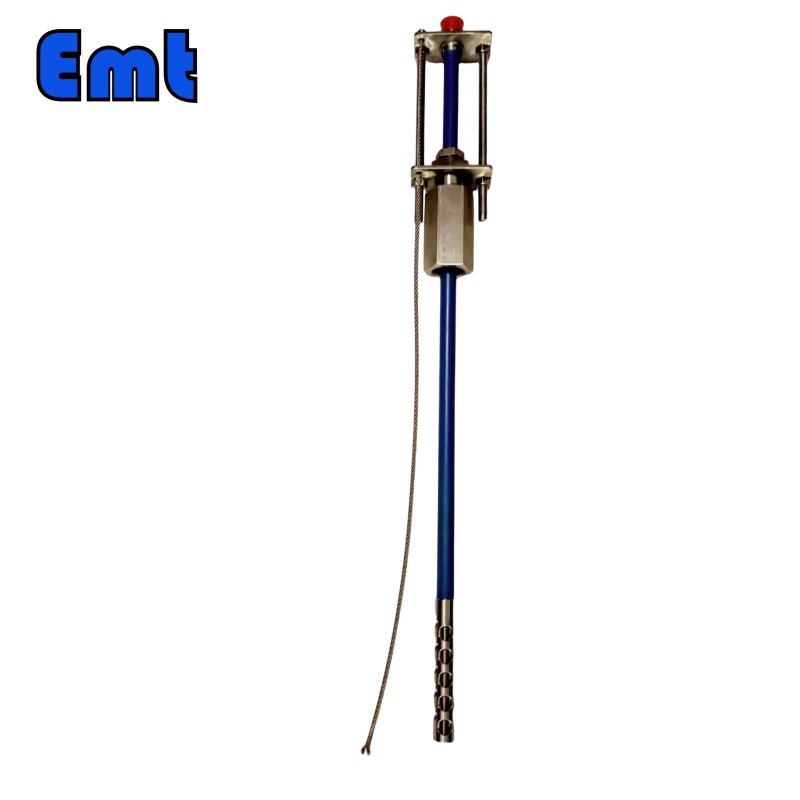
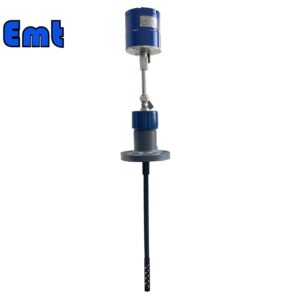


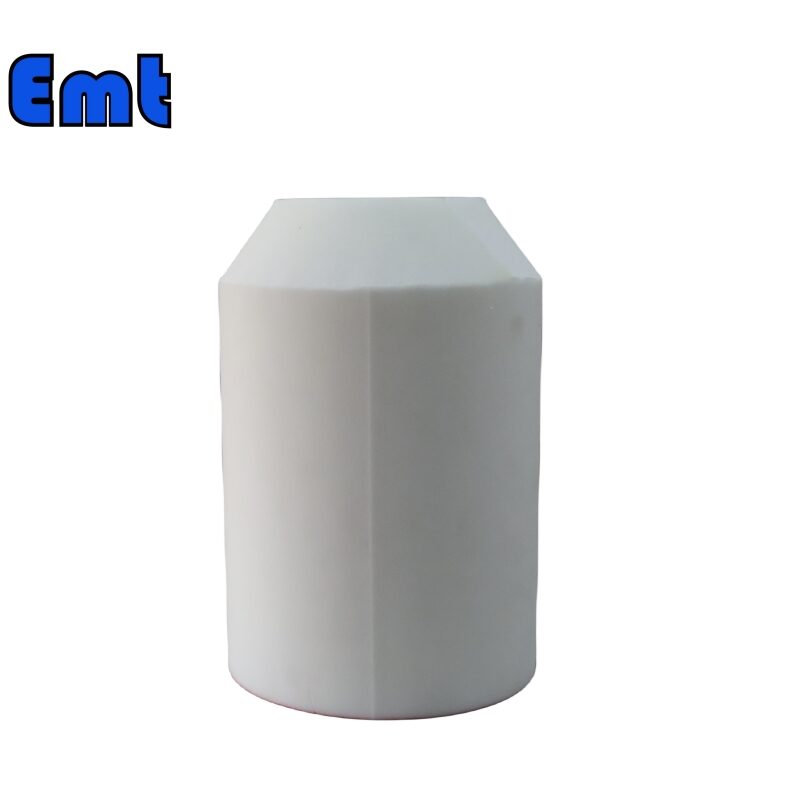
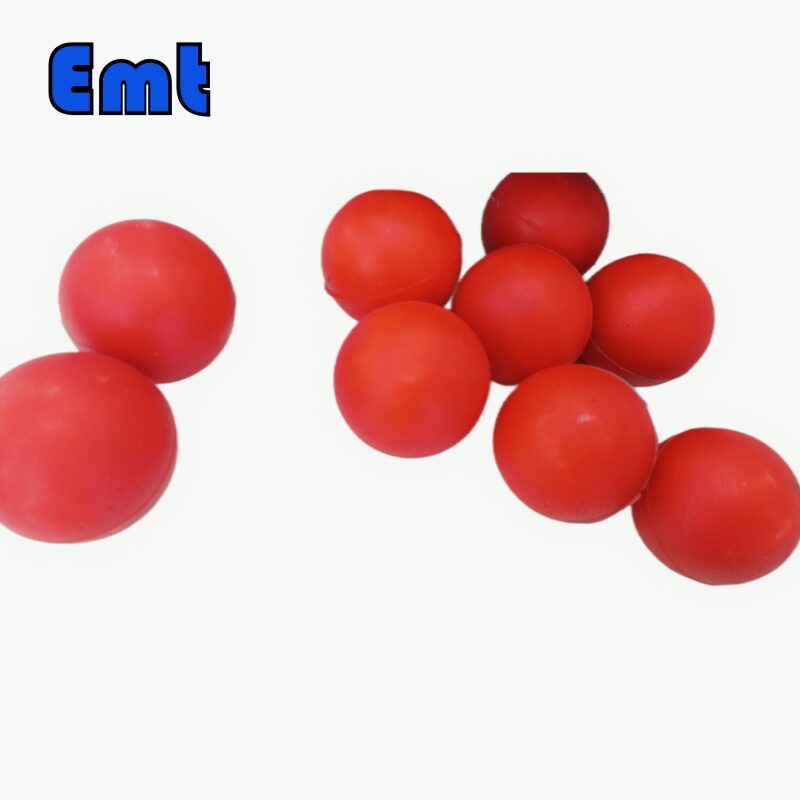
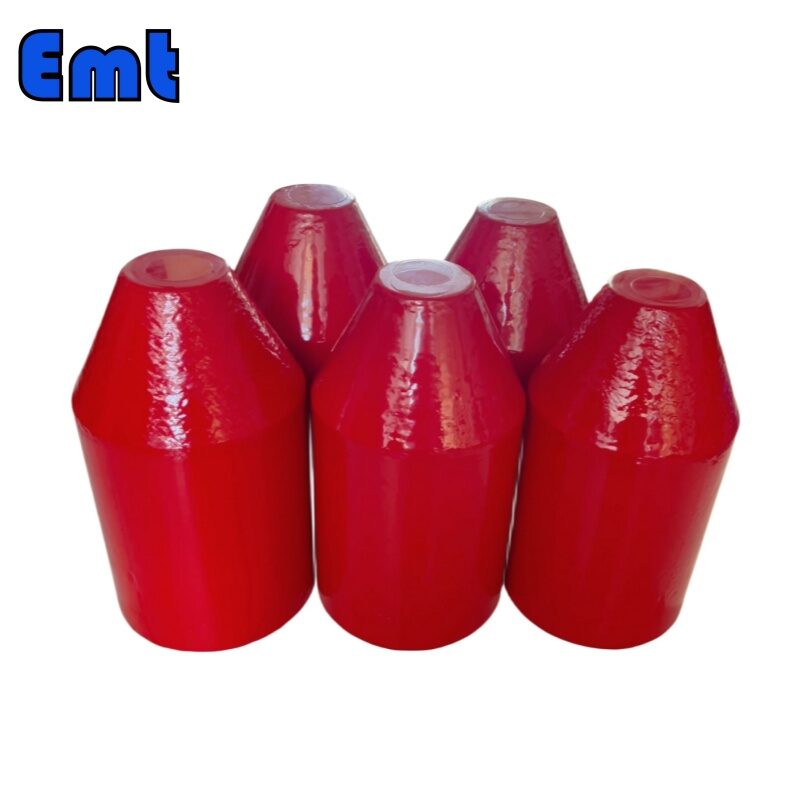
_032003200_4429.jpg)
Reviews
There are no reviews yet.